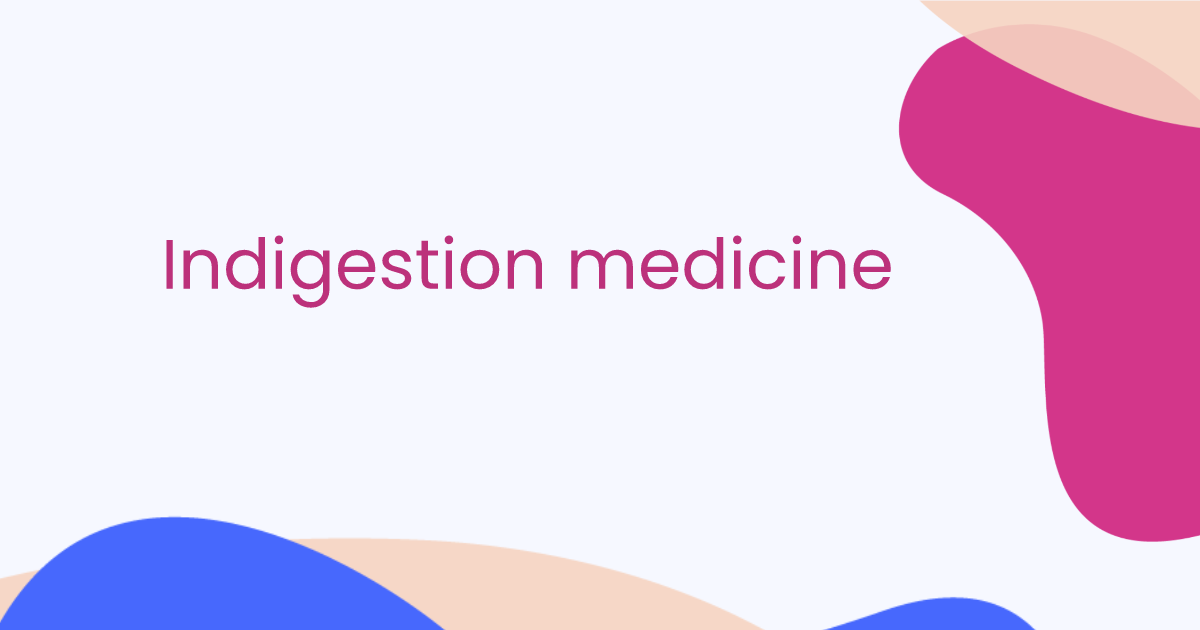Local preparations for anal disorders
Peer reviewed by Dr Doug McKechnie, MRCGPLast updated by Dr Colin Tidy, MRCGPLast updated 18 Dec 2024
Meets Patient’s editorial guidelines
- DownloadDownload
- Share
- Language
- Discussion
In this series:Rectal bleedingRectal bleeding in childrenPilesAnal fissureIntussusception and volvulus in children
There are a number of preparations available for treating symptoms around your bottom (anus). They may be creams, ointments or suppositories. They may help with itching or pain or bleeding. Many conditions cause symptoms in this area. The most common are piles (haemorrhoids), an itchy bottom (pruritus ani), a split in the skin around the bottom (anal fissure) and constipation.
In this article:
Continue reading below
Conditions which are treated with local preparations for anal disorders
There are quite a lot of medical conditions which can cause symptoms around your bottom and back passage (anus and rectum). For many of these, a local preparation may be helpful. Local preparations are creams, ointments or suppositories which are applied directly to the affected area.
Conditions which may be treated with local preparations include:
Inflammation of the rectum. This is called proctitis and may be part of bowel conditions such as ulcerative colitis or Crohn's disease.
How to use local preparations for anal disorders
Local preparations are applied directly to the area affected.
Creams and ointments can be rubbed gently into the sore or itchy area around your bottom (anus). They may come with a nozzle allowing you to insert them into the back passage (rectum), if the problem is further inside.
Suppositories are bullet-shaped tablets which are inserted into the back passage. To use them, make sure you have removed all the plastic or foil wrapping first. It may help to moisten the pointed end with water slightly. Squat down, stand with one foot on a chair or the toilet, or lie down on your side with one knee bent. Using your finger, gently push the suppository into your back passage as far as comfortable.
Some preparations are available as a rectal foam. This comes in a canister with a nozzle. There will be instructions showing you how to use this.
Enemas are tubes of a substance injected into the bottom. These are usually inserted by a nurse.
Always follow the directions from the pharmacist, your doctor or those in the packet. These will tell you how often and how to apply the preparation you have.
Continue reading below
Types of local preparations for anal disorders
Local preparations for anal disorders fall into the following broad groups. Some may contain a mixture of more than one of the following.
Soothing preparations. There is a wide range of these available. Different ones contain different ingredients. Commonly they contain substances such as bismuth subgallate, zinc oxide or hamamelis. Many are available over the counter. They may soothe soreness or itching and are commonly used for piles (haemorrhoids). Some examples commonly used include:
Anusol®.
Preparation H®.
Germoloids®.
The barrier creams commonly available for nappy rash may also sometimes be helpful to protect a sore area around the bottom at any age. Examples include Metanium® and Sudocrem®.
Steroid preparations. Creams, ointments and suppositories containing steroids are usually mixed with other ingredients. They commonly also contain a soothing preparation and may also contain a local anaesthetic. They are often used for piles. A commonly used one, available both on prescription and over the counter is Anusol HC®. This is a mixture of the soothing preparation Anusol® and the steroid cream hydrocortisone. Steroids are also available as suppositories and a rectal foam. These are usually used for people with an inflammation of the back passage (proctitis). Examples of steroids used in this way are hydrocortisone, budesonide and prednisolone.
Preparations containing local anaesthetics. Local anaesthetics numb the skin, and help for conditions that are painful. They may be mixed with a soothing preparation and a steroid preparation for piles.
An example of this is Anugesic HC®. This is a mixture of a local anaesthetic with the soothing preparation Anusol® and the steroid cream hydrocortisone. They may also be used to numb the pain of a split in the skin of the anus (anal fissure). Sometimes they are also used for children who have constipation. Young children sometimes try to stop their poo (stools) coming out when they are constipated. This is because large hard stools are painful to pass. An anaesthetic cream makes it less painful, so they are able to pass the stools.
Lidocaine is a common anaesthetic used in these creams.
Others are tetracaine, cinchocaine, and pramocaine. Lidocaine is thought to be less irritant than these other anaesthetics.
Preparations containing local anaesthetics should not be used for more than a few days. They should be applied sparingly. Pay careful attention to the instructions.
Topical nitrates. Nitrates are medicines which open up blood vessels, allowing more blood to flow. A nitrate cream is used for anal fissures. The extra blood flow helps them to heal. The topical glyceryl trinitrate cream Rectogesic® is used for this. It may cause headaches in some people as a side-effect.
Another medicine which works in a similar way is diltiazem cream. This is not currently licensed for anal fissures but specialists may use it for this. The National Institute for Health and Care Excellence (NICE) has examined the evidence on its use. Diltiazem cream seems effective and less likely to cause headaches than glyceryl trinitrate.
Suppositories for constipation. Glycerol suppositories are one of the options used for constipation. You put them into your bottom, and they usually stimulate a bowel movement shortly afterwards. They are effective when you have stool which is stuck at the end of your bowel, near or in your back passage. Bisacodyl is another suppository used for constipation.
Other treatments
The above are the most commonly used preparations. However, other treatments which may be applied directly to the bottom area include:
Antifungal creams for thrush infections.
Podophyllotoxin for anogenital warts. Imiquimod is another cream which may be used for warts.
Moisturising (emollient) creams for dry skin or mild eczema in this area.
Botox® injections are occasionally used by specialists to treat anal fissures which are not getting better.
Phenol is an injection sometimes used by specialists to shrink piles.
Where can I obtain local preparations for anal disorders?
Some preparations mentioned above are available from a pharmacy or supermarket.
Many soothing preparations and some containing steroids are available over the counter without a prescription.
For others, such as nitrate ointment, or local anaesthetic preparations, you may need a prescription from your doctor.
If you are using a local preparation for a problem around your bottom and it is not improving, consult your doctor. If you have any bleeding from your bottom, consult your doctor as soon as possible to be checked for the cause.
Continue reading below
Are there any side-effects?
Most local preparations for anal disorders do not commonly have side-effects. However, always read the leaflet that comes with your preparation. Using these preparations too liberally or for too long may cause problems. Local anaesthetic creams may cause the skin to be too sensitive if used for more than a few days. If too much is used, they may cause problems elsewhere in your body, such as affecting your heart rate. Using a steroid cream for too long may cause thinning of the skin in that area in some cases. Nitrate creams may cause a headache as a side-effect.
Some people may be sensitive to an ingredient in any cream or ointment. If a rash or itching develops in an area where you have applied a local preparation then stop using it immediately.
No local preparations are licensed for use during pregnancy or breastfeeding. However, simple soothing products are less risky than those containing steroids.
Always use the preparation as advised by your doctor or pharmacist.
Patient picks for Digestive health medicines

Treatment and medication
Proton pump inhibitors
Proton pump inhibitors reduce the amount of acid made by the stomach. They are commonly used to treat acid reflux and ulcers of the stomach and part of the gut called the duodenum. Most people who take a proton pump inhibitor do not develop any side-effects.
by Dr Philippa Vincent, MRCGP

Treatment and medication
Indigestion medicine
Many people use indigestion medicines, usually just occasionally but sometimes more regularly. The same medicines can be used to treat more serious medical conditions such as stomach ulcers or acid reflux. If you need to use indigestion medicines regularly it's very important to see a doctor to get it checked out in case it is caused by an underlying condition that needs further investigations and treatment.
by Dr Toni Hazell, MRCGP
Further reading and references
- British National Formulary (BNF); NICE Evidence Services (UK access only)
- Chronic anal fissure 2% topical diltiazem hydrochloride; NICE Evidence Summary, January 2013
- Pruritis ani; NICE CKS, July 2021 (UK access only)
- Anal Fissure; NICE CKS, April 2021 (UK access only)
- Haemorrhoids; NICE CKS, July 2021 (UK access only)
- Cohee MW, Hurff A, Gazewood JD; Benign Anorectal Conditions: Evaluation and Management. Am Fam Physician. 2020 Jan 1;101(1):24-33.
Continue reading below
Article history
The information on this page is written and peer reviewed by qualified clinicians.
Next review due: 17 Dec 2027
18 Dec 2024 | Latest version

Ask, share, connect.
Browse discussions, ask questions, and share experiences across hundreds of health topics.

Feeling unwell?
Assess your symptoms online for free
Sign up to the Patient newsletter
Your weekly dose of clear, trustworthy health advice - written to help you feel informed, confident and in control.
By subscribing you accept our Privacy Policy. You can unsubscribe at any time. We never sell your data.